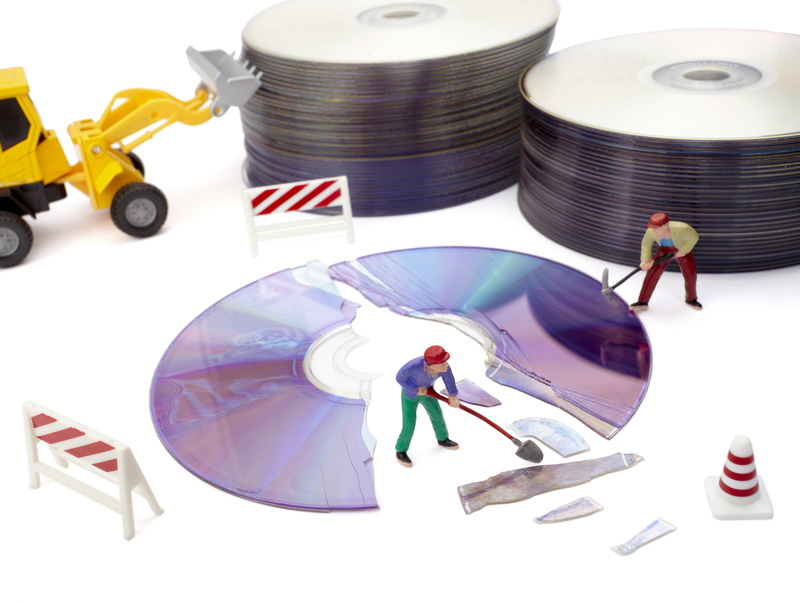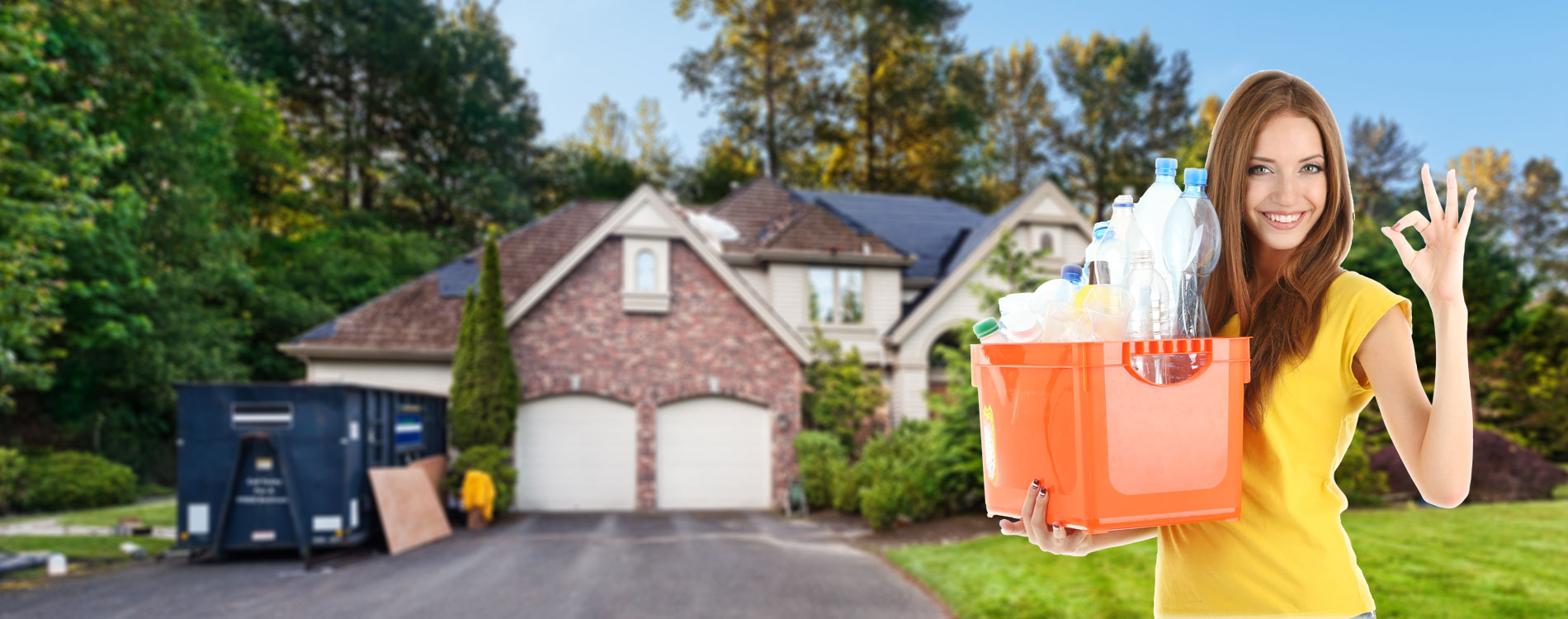The Advantages and Disadvantages of Burning Garbage
Posted on 02/05/2025

Garbage disposal is a major concern for many countries, and with waste production continuing to rise, proper management of garbage has become a top priority. One method used for garbage disposal is burning. This process involves the controlled combustion of waste materials, reducing their volume and converting them into energy. While it may seem like a quick and efficient solution, burning garbage has its own set of advantages and disadvantages. In this article, we will explore both sides of this controversial topic.
Advantages
1. Reduction in Waste Volume
One of the most significant advantages of burning garbage is that it reduces the volume of waste by up to 90%. This means less space is needed for landfills, which are rapidly reaching their maximum capacity. Burning garbage also eliminates the need for frequent landfill expansions, which can be costly and have negative impacts on the environment.
2. Generation of Energy
Burning garbage produces heat which can be converted into electricity through steam turbines. This process is known as waste-to-energy (WTE). WTE plants generate around 14 billion kilowatt-hours of electricity every year, providing a clean and renewable energy source. It also reduces the dependency on fossil fuels like coal and oil, which contribute to air pollution and global warming.
3. Destruction of Hazardous Materials
Some types of waste, such as medical and chemical waste, are hazardous if not disposed of properly. Burning these materials at high temperatures can effectively destroy harmful pathogens and toxic chemicals, making them less harmful to human health and the environment.
4. Cost-Effective
Compared to other methods of garbage disposal, burning is relatively inexpensive in terms of operational costs. The cost of transporting waste to landfills or recycling facilities can be eliminated when garbage is burned on-site. This makes it an attractive option for countries with limited resources.
Disadvantages
1. Air Pollution
The biggest disadvantage of burning garbage is air pollution. The process releases a significant amount of harmful pollutants, including carbon monoxide, nitrogen oxides, sulfur dioxide, and dioxins. These emissions can have serious health impacts on nearby communities, especially for children and the elderly.
2. Contribution to Climate Change
While burning garbage reduces the use of fossil fuels, it does produce greenhouse gases like carbon dioxide and methane which contribute to global warming. This raises concerns about the sustainability of this method in the long run.
3. Release of Toxins
Even with advanced technology and strict regulations, burning garbage produces toxic substances like dioxins and furans that can contaminate soil, water, and air. Exposure to these toxins can lead to severe health issues such as cancer and respiratory diseases.
4. Limited Waste Sorting
Waste incineration requires a certain level of uniformity in waste composition for efficient combustion. This means that not all types of waste can be burned together. As a result, materials that are not suitable for incineration may end up in landfills or be illegally dumped, causing further environmental problems.
Tips for Sustainable Burning
- Invest in modern incinerators with advanced filtration systems to reduce air pollution.
- Properly sort waste before incineration to minimize harmful emissions.
- Regular maintenance and monitoring of incinerators can help ensure safe operation.
- Implement strict regulations and guidelines for proper disposal of hazardous waste.
Takeaways
Burning garbage has its own set of advantages and disadvantages. While it offers immediate benefits such as reduction in waste volume and energy generation, it also poses serious threats to human health and the environment through air pollution and release of toxins. It is crucial to implement sustainable practices in waste management, including proper sorting and regular maintenance of incinerators.
Conclusion
In conclusion, while burning garbage may seem like a convenient solution to our growing waste problem, it is not without its drawbacks. The key lies in finding a balance between the advantages and disadvantages and implementing sustainable practices to mitigate the negative impacts. With proper regulation and technological advancements, burning garbage can be a part of a comprehensive waste management strategy, but it should not be relied upon as the sole solution. We must continue to explore and invest in more environmentally friendly methods of waste disposal to ensure a cleaner and healthier future for generations to come.


 020 8610 9486
020 8610 9486













